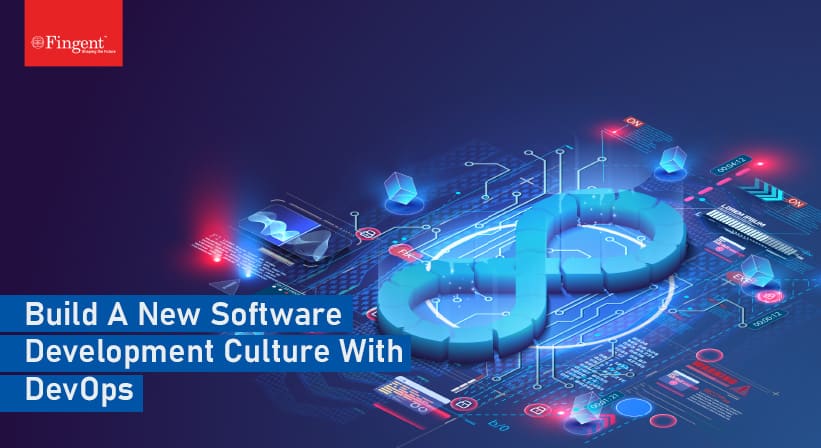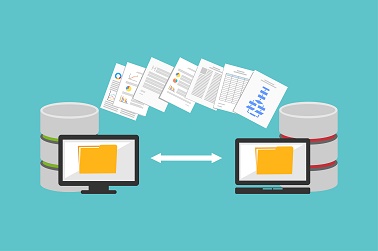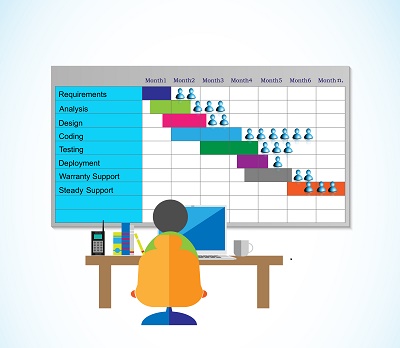Seven Challenges to Avoid with Deploying Enterprise Software
Enterprise software is in the midst of a golden run now, as more and more enterprises seek to ride the digital and mobility wave to improved efficiency and success. However, rolling out enterprise software is fraught with many challenges.
Here are the top challenges to overcome, to ensure the success of enterprise software.
-
Reconciling with the Changing IT Infrastructure Landscape
IT is always in a state of continuous churn. What is trendy tomorrow may be out of favour, and even obsolete in a few weeks. What was touted as the bright new thing may soon fade off as a false start, with HTML5 being a case in point. In such a state of affairs, enterprise software developers are hard pressed to retain relevance amidst the changing IT infrastructure landscape.
The obvious solution is to future-proof the application, but there is no clear-cut answer on how.
A solution finding increasing number of takers is low-code platforms. Enterprise app developers have long discovered custom code as costly, time-consuming to develop, and difficult to maintain or make changes. In contrast, low-code application platforms reduce the quantum of hand-coding, not just accelerating the process, but also enabling fast reconfiguration of apps, quick modification of logic flows, and rapid delivery of new UI elements, as needed. Co-opting new features and integrations become a piece of cake, sans sizable investment in infrastructure.
-
Relevance in an Extremely Fluid Business Environment
Side by side with the changes in the IT infrastructure landscape, the business environment also remains extremely fluid. What was a pressing need at the time of conceptualization may already have become obsolete by the time the software rolls out.
In such a scenario, trying to get everything right in one go is a sure recipe for disaster. A far better approach is to undertake small, iterative releases. Such releases make it easy to make changes, and also offer valuable learning experiences that facilitate continuous improvements.
-
Challenges of Integration
While coding takes up a significant chunk of the time, it is just the easy part. Prototyping, designing the user experience and user interface, testing the application on different devices, organizing and running field trials, figuring out how to deploy the application in legacy systems, how to integrate the app with the CRM, ERP or other running systems, how to migrate the data, and how to safeguard the migrated data are all just as important, and take up significant chunk of time as well.
There is no shortcut to resolve integration challenges. The best approach is a thorough planning phase, where all possible issues are foreseen and solutions provided.
-
Data Migration Challenges
Instances of the application development team, having completed the project, patting themselves on their back, oblivious to the challenges ahead, are all too common.
The real challenge starts when trying to get the software up and running, and among the key challenge is data migration.
Data may reside in disparate legacy repositories and may be non-compatible with the new system. There may not be any business of validation rules in place to determine the process of migration. Many companies fail to undertake an as-is assessment, to understand the quality of the data, before starting the data migration job. Such an assessment identifies what is missing, and enable companies to assess the work required to migrate the legacy data successfully.
-
The Challenge of Costs v/s Expectation Trade-Off
If wishes were horses, beggars would ride. While there are no limits on imagination and intentions, often considerations of cost bring in a reality check. The practical approach to enterprise application development is to make a trade-off between cost and functionality, to strike an optimal balance.
Nevertheless, often the cost required to roll out enterprise software is grossly underestimated, more so with the case of mobile software. The biggest distortion is in maintenance, with the need to push updates at regular intervals to cope with the ever-changing landscape. The maintenance cost of a software application over its lifetime will almost certainly overshadow the initial development costs.
-
Change Management Challenges
The development team may have just resolved all the technical challenges, be it the product simply not installing, data migration, and everything else. But if the inevitable resistance to change is not factored in, it isn’t over yet.
A big reason for resistance is not involving stakeholders, especially end users in the development or procurement process. Managing resistance to change, and also rolling out an optimal app requires involving stakeholders, including end users, early in the development process. Take suggestions on what to include, build prototypes, and seek feedback. If end users and all stakeholders feel they have a stake in the new software and were instrumental in its development, they would consider it as their baby and support it.
Users may feign compliance if a new suit is imposed by dint of authority, but they would almost certainly run to the IT team for the flimsiest of reasons. Trying to impose a half-baked software just makes it worse.
-
Challenges Related to Feedback-Development Loop
Change management gets even more complicated than involving the stakeholders. Even without resistance, end users would have a lot of feedback on usability issues or some requirement missing. Conversely, there could be some unnecessary features.
Enterprise software development is a continuous process, rather than an on-off project. The feedback from one iteration constitutes the basis for the next wave of improvements, and added functionality, with the cycle continuing.
Trying to develop everything in-house is foolhardy. Many web applications require obvious skills such as HTML, CSS, and JavaScript. Many enterprises are mistaken into thinking these are the only skills required, and their in-house team would be able to handle it. Just because someone has the raw technical skills, it doesn’t make them competent to adapt the same easily, to new domains. Your best approach is to partner with us, to gain the advantage of our wide experience, and availability of a wide talent pool, competent in various situations and approaches.
Stay up to date on what's new

Recommended Posts

29 Nov 2022 B2B
Build Or Buy: Analyzing The Most Crucial Step In Software Development!
To build or to buy has been a million-dollar question most businesses seek an answer for. This can become more daunting when you consider the numerous factors influencing the decision.……

16 Sep 2021 Manufacturing Retail
DevOps: Building A New Culture Of Software Development And Delivery
The pandemic has derailed the global economy, impacting businesses across the world. If organizations wish to keep up with the lightning pace of app and platform improvements while staying cyber……

25 Jun 2021 Logistics
Software Development Outsourcing Guide for CEOs – Fingent
Outsourcing Software Development In 2024: Ultimate Guide Let’s Discuss Your Project Table of Contents Introduction What is Software Development Outsourcing? What Kind of Software Development Services Can You Outsource? Why……

20 Dec 2017 Media
6 Trends in Customer Experience for Enterprises in 2025
In today’s age of hyper-competition, businesses need to focus their systems on the customer. A critical area of focus is business software. Much of business software hitherto focused on internal……
Featured Blogs
Stay up to date on
what's new
























































